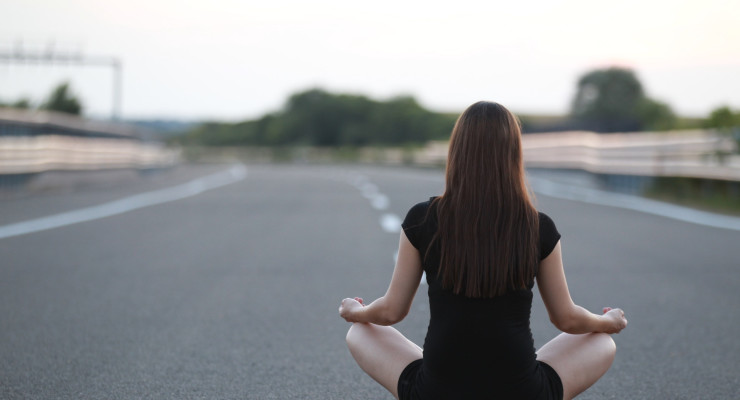Meditation Made Easy
written on Monday, 11 Sep 2017 by Scott Rennie
written on Monday, 11 Sep 2017 by Scott Rennie

I think it took me almost twenty years, and lots of stops and starts and dead-ends, to establish a regular meditation practice. At one level, we simply have to realise that this effort is the entry price for us to enjoy the substantial long-term benefits of meditation. You'd think those benefits alone would have us lining up, eager to practice, but somehow they don’t.
Modern scientific research has shown that meditation really does change your mind for the better. A regular meditation practice not only re-writes your brain’s software (your usual mental-emotional habits), but actually causes your body to upgrade the hardware (more grey matter and more efficient neural connections) to make your brain better resourced to deal with daily life. And it really doesn't take very long for these improvements to start to show—just eight weeks of practice can have an incredible positive effect.
There are a thousand individual reasons why each of us don’t prioritise meditation, but I’ve noticed that most of them boil down to one major issue—21st century lifestyle. While I’m sure that meditators in the past had their own time’s demons to face, it’s the demands and expectations of our modern way of living that stand in our way, especially our ingrained ideas about the importance of productivity! With an ever-present feeling that we have to be doing something active at any given time, meditation seems to oppose our very way of life with its methodology of “doing nothing” and the hidden nature of its benefits.
From that lifestyle comes the 21st century body, an increasingly sedentary and dysfunctional product that is entirely unsuited to sitting crosslegged on floors for long periods of time. Although meditation for shorter periods can be helpful, the real benefit shows up when we meditate for 30-45 minutes each day, and most of our bodies simply aren't physically capable of sitting still for that long.
And if our bodies could manage it, what of our 21st century monkey mind? Always seeking distraction or entertainment, with ever-growing expectations of everything, our minds aren’t easily contented with endless periods of stillness and silent boredom. Can't we create a machine or an app or a pill to do it for us?
You’ll see adverts offering devices, methods and pills to make you “meditate like a Zen monk in just ten minutes,” so hopefully you can see through that kind of scam. In fact it’s the “Zen monk” approach that’s our problem in the first place, and I’ve found that just a few simple shifts in approach and attitude can make meditation practice much easier to sustain.
The first thing to do is to start small and build up. Making the leap straight into meditating for 30 minutes every day will simply prove too much for most of us. After a few days with no improvement, we simply give up, forgetting that it’s the repetition over time that makes the real difference.
Begin with ten minutes each day, and after a few weeks you’ll hopefully begin to feel the difference. Lying postures can really help you build up meditation time until you're more comfortable sitting for longer periods, but don't fall asleep! Alternate sitting and lying with periods of walking meditation, to create a flow that allows you to meditate for longer without the strain on your body.
For sitting practice, use a chair or practice sitting on the floor every day while you watch TV or eat your meals. Don't forget to use cushions and bolsters to get comfortable but keep your back away from the wall or chair backs so that you're supporting your own spine. If you really want to sit cross-legged like the swamis do, you’ll need to develop a Yoga practice to help get you there.
Join a meditation group, or find an app or recordings of guided meditations that will help you focus when you practice at home. I’ve found the Insight meditation timer to be a great app for that (and its available for iOS and Android), and because it logs your time on the mat and marks your progress as you go, which helps you stay motivated.
Your choice of meditation technique can also make or break your new venture. Embodied or somatic meditation techniques are much more accessible (and useful) than many traditional mental-focus techniques that can lead to overthinking. These methods take the viewpoint that the best way out of your mind is to get into the (physical sensations of the) body, and I’ve definitely found that to be true.
Put these together, add some commitment and enthusiasm, and you've got the easiest route into meditation practice you’ll find!